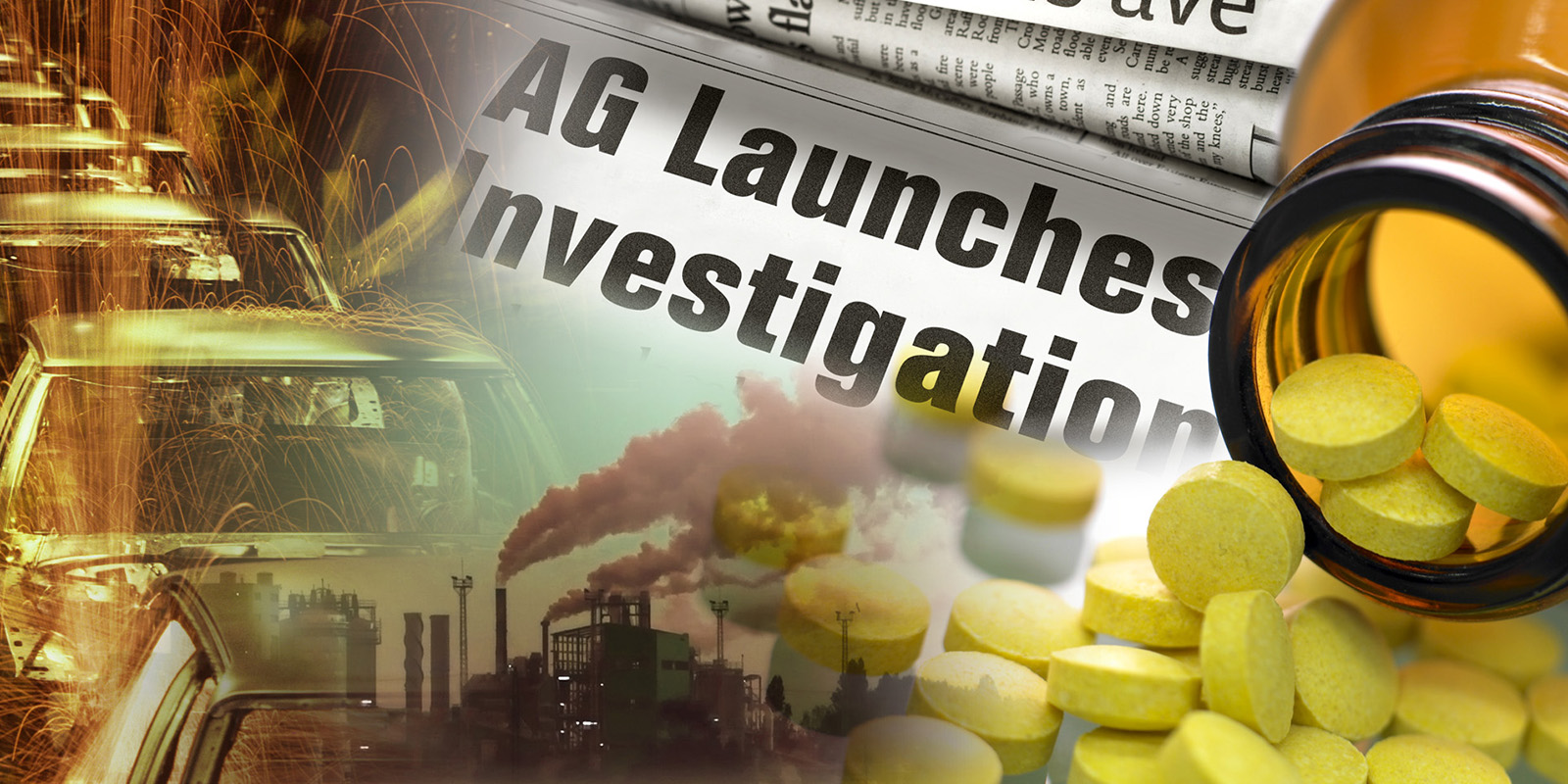
Eyes on the Road Ahead: Product Liability Outlook for Autonomous Vehicles
In Short
The Situation: As autonomous vehicle technology is developed and commercialized, numerous product liability questions will arise.
The Analysis: Lessons learned from the introductions of previous technological advances can help interested parties anticipate liability issues.
The Outlook: Advance planning can mitigate product liability risk as the inevitable accidents and injuries occur.
What product liability hazards lie in the road ahead for manufacturers of autonomous, automated, and connected vehicles and their suppliers? And how can auto manufacturers and suppliers plan for and mitigate that product liability? Lessons from the past help to forecast the future liability issues as well as potential solutions.
A half century ago, the auto industry was evolving from lap belts into new technologies of passive restraints. Several options were available, depending on technical feasibility, market acceptance, field performance across a multitude of scenarios, cost, and regulation. Manufacturers faced nationwide lawsuits for not using available technology yet also faced liability for technology that consumers could defeat, that did not meet consumer expectations in every accident scenario, or that introduced risk in some situations. A combination of favorable regulation, sound engineering principles, ample testing, warnings and instructions in product manuals, and cautious introduction of new technology helped to mitigate liability and to allow the technology to continue to improve.
Autonomous, automated, and connected vehicles ("AV") raise old and new issues to forecast, analyze, and solve. Those issues include:
Liability and Regulation
What local state regulations require compliance before operating and testing AV on the road? What regulations should be proposed in key states and through national model legislation to facilitate AV development? Should the initial rollout of AV be limited to states believed to have more favorable product liability rules? How can those rules be shaped? Should the National Highway Traffic Safety Administration be encouraged to propose new regulations that will foster research, development, testing, and introduction of competing technologies, just as Federal Motor Vehicle Safety Standard 208 aided the development of air bags? Is federal preemption or some form of limited liability desirable and possible to achieve?
Engineering
How can manufacturers and suppliers work with testing and standards organizations to develop principles that will guide their engineers in design and testing of AV—and also provide some standards to protect against liability? What role should government agencies play in research and development? Are engineers sufficiently trained and guided in the documentation of their research, development, testing, and design decisions?
Warnings
With AV come new concepts in warnings for consumers. Are AV able and obligated to provide real-time, quickly understandable warnings in order to prevent accidents and injury? Written manuals full of instructions and warnings may no longer suffice.
Consumer Training
For the foreseeable future, drivers will be able to take control of AV, and with automated and connected vehicles, the technology assists but does not replace the driver. Will this complex, novel technology require personal training of consumers before they sit in the driver's seat? What means are available, and will be required, for manufacturers and suppliers to mitigate liability risk through consumer training? Will some form of liability waiver and release be allowed?
Representations and Warranties
Do manufacturers and suppliers have adequate controls in place to guard against liability arising from the natural urge to promote the safety benefits of AV? Will advertising need to contain warnings? Will new forms of limited warranties be needed or permitted to accompany the warnings and training, especially through the experimental stage of putting new technology on the road?
Manufacturer and Supplier Relationships
AV will further intertwine suppliers, particularly of software, with the design and operation of the vehicles. Have potential liability issues been fully considered and negotiated in supplier agreements and through indemnities, insurance, warranties, and representations? What new forms of quality control over supply chains and feedback on field performance are required? What product liability rules should software suppliers consider?
The history of product liability shows that new technology brings new theories of liability from creative plaintiffs' lawyers. Accidents, misuse, and injury are inevitable. The decisions of AV manufacturers and suppliers will be challenged in court. Thoughtful, advance planning can mitigate product liability risk.
Two Key Takeaways
- Many questions potentially relating to product liability, and across broad subject areas—regulations, engineering, warnings, consumer training, and others—must be addressed as autonomous vehicles are developed.
- Examining the liability issues attendant to previous introductions of new technologies (e.g., passive passenger restraints in autos and trucks) can help guide expectations and preparations.
Lawyer Contacts
For further information, please contact your principal Firm representative or one of the lawyers listed below. General email messages may be sent using our "Contact Us" form, which can be found at www.jonesday.com/contactus/.
Charles H. Moellenberg
Pittsburgh
+1.412.394.7917
chmoellenberg@jonesday.com
Theodore M. Grossman
New York
+1.212.326.3480
tgrossman@jonesday.com
Jeffrey J. Jones
Detroit / Columbus
+1.313.230.7950 / +1.614.281.3950
jjjones@jonesday.com
Robert W. Kantner
Dallas
+1.214.969.3737
rwkantner@jonesday.com
Paul F. Rafferty
Irvine
+1.949.553.7588
pfrafferty@jonesday.com
Jones Day publications should not be construed as legal advice on any specific facts or circumstances. The contents are intended for general information purposes only and may not be quoted or referred to in any other publication or proceeding without the prior written consent of the Firm, to be given or withheld at our discretion. To request reprint permission for any of our publications, please use our "Contact Us" form, which can be found on our website at www.jonesday.com. The mailing of this publication is not intended to create, and receipt of it does not constitute, an attorney-client relationship. The views set forth herein are the personal views of the authors and do not necessarily reflect those of the Firm.



